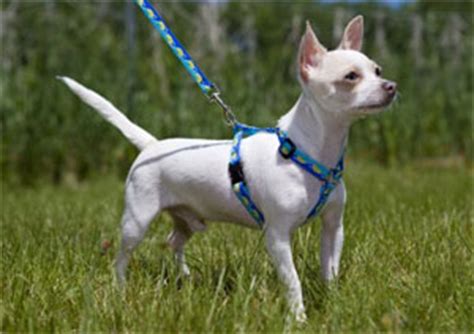Adding the Cue

We strive to train your dog regardless of equipment choices. We do recommend the following equipment based on it's safety and comfort for the dog and handler.
What is a cue?
A cue is a word or noise that tells your dog that a certain behavior should follow. Rather than thinking of it as language, think about it more like the gun firing at the beginning of a race.
Why not add the cue right away?
There are a few good reasons to hold off on adding the cue to a behavior until your dog is doing exactly what you want.
- You will end up repeating yourself, and it matters. It matters because your dog will start waiting for your to repeat yourself because that’s what he has been taught.
- Sometimes the dog gets stuck. You may end up getting what you named, and it may not be the final behavior. Sit is not bottom on the floor and right up again. it is bottom on the floor and keep it there.
Why start with verbal cues?
We start with verbal because your dog will always fall back on non-verbal if he is given the option. If you give your hand signal for sit when you are giving your dog the verbal for down he will sit, and the opposite will be true as well. It’s easy to fade a verbal cue, but not as easy to fade a hand signal. It is also easy to add a hand signal after training the verbal.
If you are using your hands in training there is also a risk of adding cues that are not intended. Keeping your body neutral or changing up where you hold your hands will help your dog learn how to rely on the verbal cue.
When to add the cue to a bahavior
Hold off on adding the cue until you are 100% certain that the dog knows exactly what you are looking for.
What this looks like:
- You’ve been training, or you’ve let your dog know that you’re going to start training by giving him a nose tease (wave the treat right in front of his nose, but don’t give it to him)
- Your dog, completely without any prompting from you (either verbal or physical) performs the behavior.
- You click and toss a treat so he must go get it.
- He goes and gets the treat.
- As soon as he is finished chewing, he performs the behavior again.
- He has done this six times in a row without hesitation before.
Keep in mind this is contextual. Just because your dog knows a cue at home doesn’t mean he knows it in class or at the park. The first few times you switch venues you need to re-train the behavior from the beginning as if your dog has never learned it.
